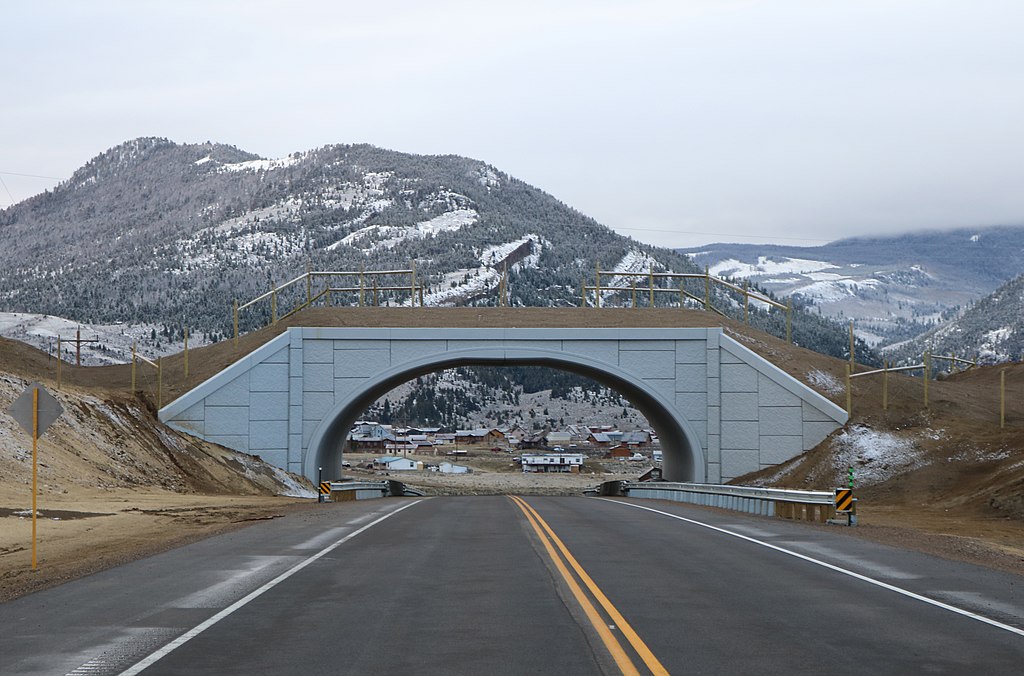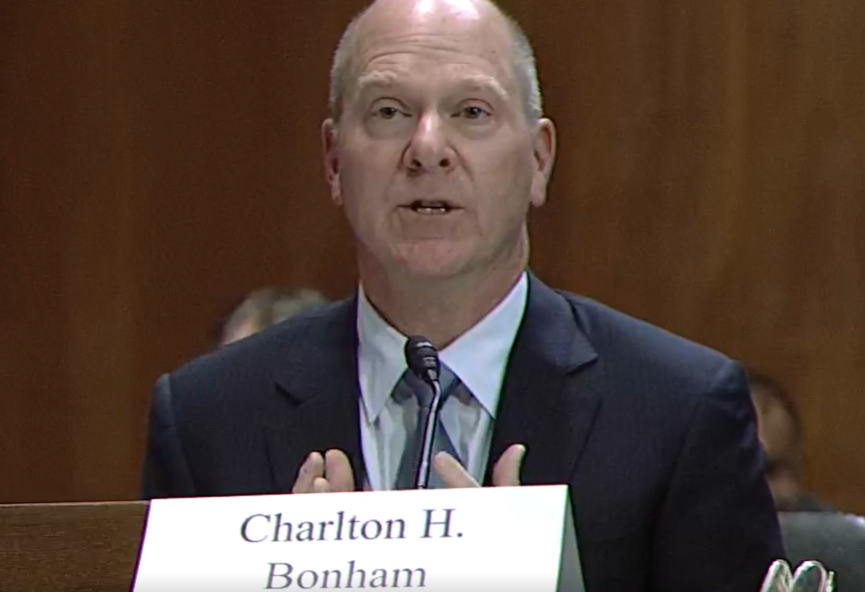WASHINGTON–Senators expressed bipartisan support Thursday for developing wildlife crossings to encourage migration and conserve wildlife populations. This came after the release of the fifth National Climate Assessment detailing the negative impacts of climate change on wildlife in America.
“Across the United States, we face a challenge where wildlife is losing the ability to navigate,” witness Chuck Bonham, director of California’s Department of Fish and Wildlife, said. “The reality is that all wildlife needs the ability to move.”
According to the National Climate Assessment, the effects of climate change and economic development disrupt ecosystems, making wildlife bridges and tunnels even more important as they allow animals greater ability to migrate safely. These connecting corridors help limit collisions between drivers and wildlife, while also connecting wildlife populations.
“In a scrambled world because of climate disruption, animals and plants face three basic choices. They can adapt, they can die or they can move,” Bonham continued. “We as people have the opportunity to give them that movement through our decisions.”
According to the Center for Large Landscape Conservation, wildlife crossings can take many forms, including naturalistic bridges and tunnels that allow animals to cross roads and other human infrastructure.

A photo of a wildlife crossing over a Colorado State Highway. (Jeffrey Beall via Wikimedia Commons, CC BY 4.0)
The fifth National Climate Assessment report was released Tuesday by the Biden administration, detailing how investments in wildlife corridors could both preserve wildlife and reduce carbon dioxide emissions. The report, which was created by over 750 experts, advocated for the creation of natural wildlife corridors that preserve forests and wetlands, which store carbon.
According to Bonham and Senator Alex Padilla, D-Cali., wildlife migration issues were put in the national spotlight last year when a mountain lion called P-22, who made his home in Griffith Park, Los Angeles, was hit by a commuter. The mountain lion had been trying to cross ten lanes of highway. P-22’s story drove the effort to build the $100 million Wallis Annenberg wildlife crossing over 10 lanes of highway, the largest wildlife crossing project in the world.
That project relied upon private donations to come to fruition, though the state of California also contributed funding in a public-private partnership.
Bonham made the difficult decision to euthanize P-22 after the car accident when it became clear the lion’s health was in decline.
When Congress passed the Bipartisan Infrastructure Law in 2021, $350 million in federal aid was allocated for projects to build, improve, and research wildlife crossings.
The full Senate Environment and Public Works Committee will conduct oversight on how the funding has been spent at a future meeting.
The first large federal movement on wildlife corridors was a 2018 secretarial order by interior secretary Ryan Zinke, who led the Department of Interior from 2017-2019. The order directed the Department of Interior to work with state level agencies to develop wildlife corridors.
The director of the Center for Public Lands Madeleine West and chief game warden of the Wyoming Game and Fish Department Richard King also gave testimony at the hearing on Thursday.
In their expert testimony, all three witnesses emphasized that wildlife corridors are good for commuters and wildlife. But according to West, the greatest barrier to the success of developing corridors was funding.
“It is mostly a money problem,” said West. “We have the foundation of strong leadership at the local and state level, and if they had more resources more good work could be done.” She said that permanent funding should be set to develop wildlife corridor projects, so that agencies do not have to pull from their general funding to fund these wildlife crossings.
Sen. Cynthia Lummis, R-Wyo., the ranking Republican member in the hearing, and other Republican senators in the hearing did not say if they would support permanent funding for wildlife corridors, though Lummis praised wildlife corridors and held up the work Wyoming has done as a model for success.
After the hearing, Sen. Alex Padilla, D-Cali., who chaired the committee, said he was hopeful about Congress allocating more funding for wildlife corridor projects.
“Congress can also take a major step forward in improving habitat connectivity by providing authorized funding streams, rather than to force federal agencies to pull funding from their general funds,” Padilla said at the end of the hearing.
“My hope is that after the hearing today, we can take some of the bipartisan momentum around habitat connectivity and come together to move a bipartisan bill that supports voluntary conservation efforts throughout the country,” Padilla said.


